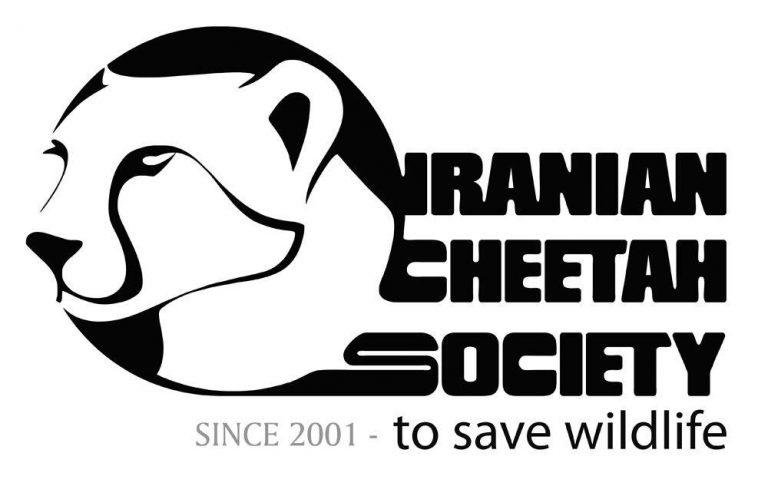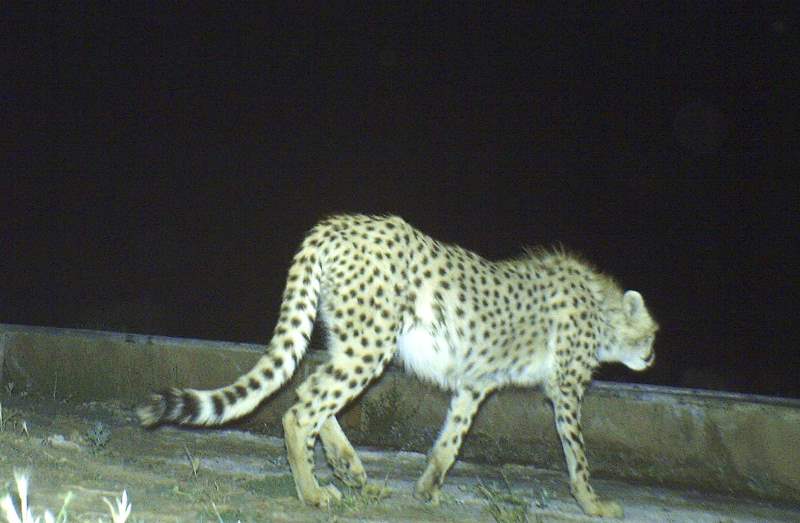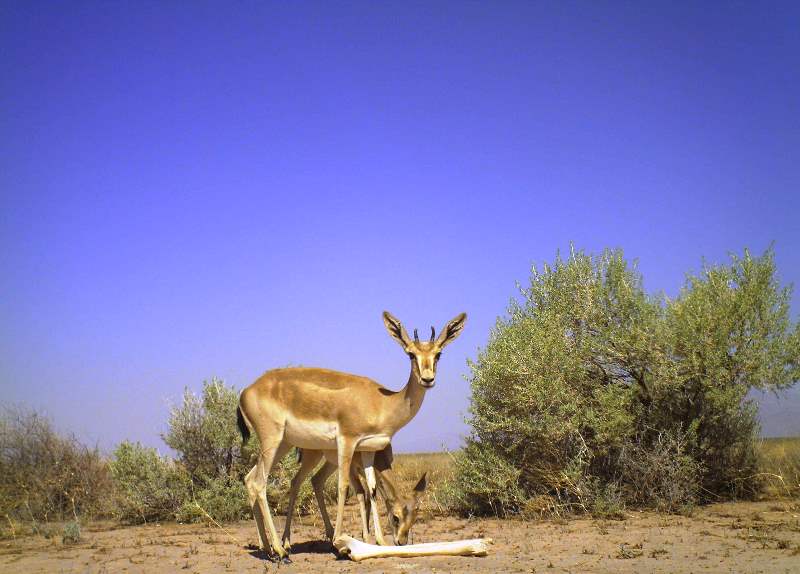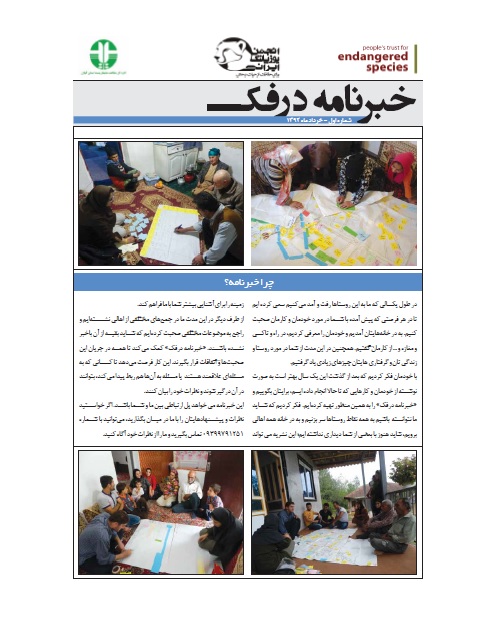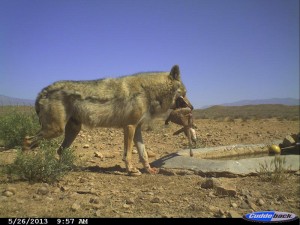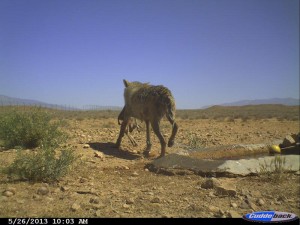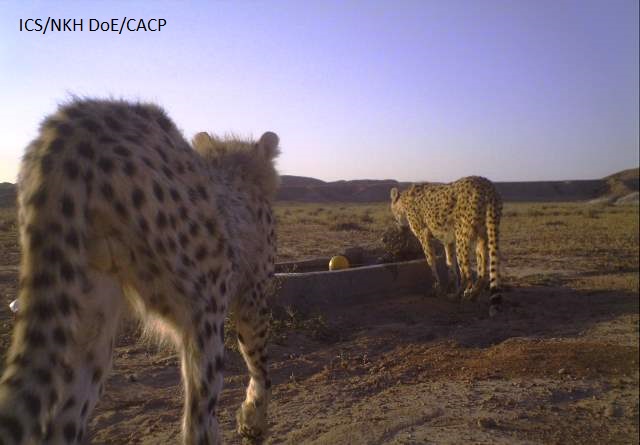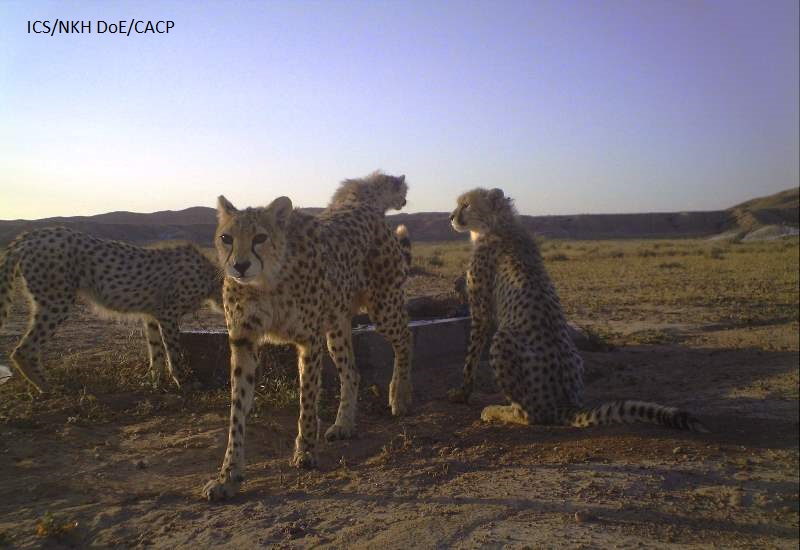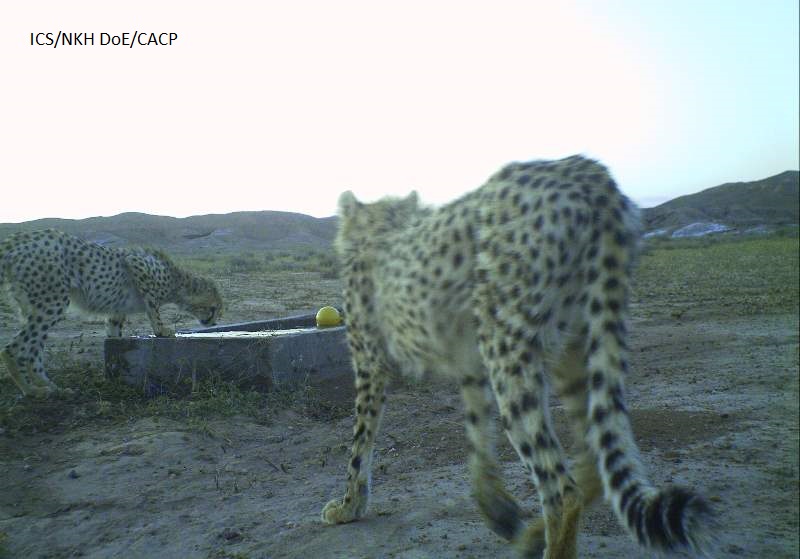“Since initiation of cheetah national monitoring program aiming to understand demographic status of the Asiatic cheetah in Iran, a family has been explored in Miandasht Wildlife Refuge, northeastern Iran composing of three cubs in summer 2012. During their first year of life, the cheetah mother and her small cubs patrolled a small area, limited to a number of water sources across the area’s core zone. After re-establishing monitoring camera traps since early spring 2013 in the area, it was proved that despite high cub mortality of the cheetahs during their first year, the supermom was successful to raise her entire family to the second year. As approaching to the fall when the family is expected to be naturally split, the cheetahs are seen on camera traps in many parts of the area, indicating their significant range expansion.
As the only evidence of cheetah breeding across entire Iran during 2012, the cheetah mom’s success is due to prey restoring in the area by the Iranian Department of Environment which doubled population of Persian gazelle, a favorite prey for the cheetahs in recent years. The cheetah monitoring program in Miandasht Wildlife Refuge is implemented jointly by the ICS and DoE in partnership with
CACP and Panthera.
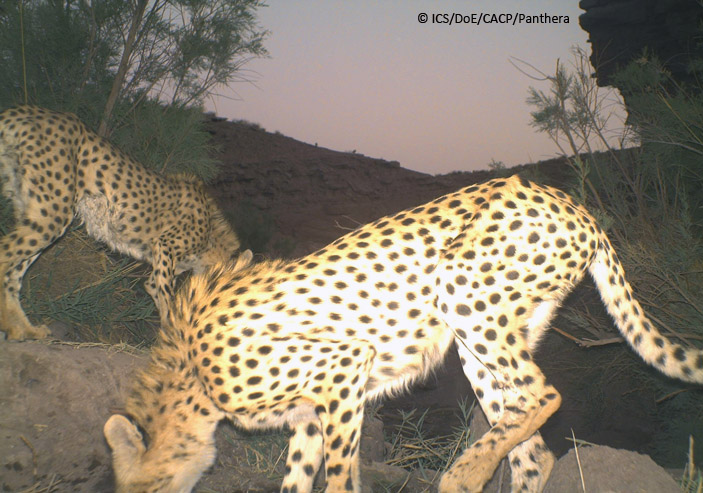
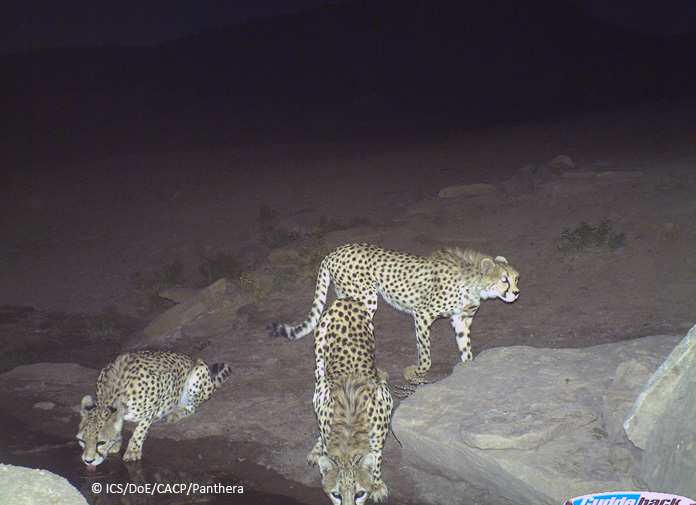
=
